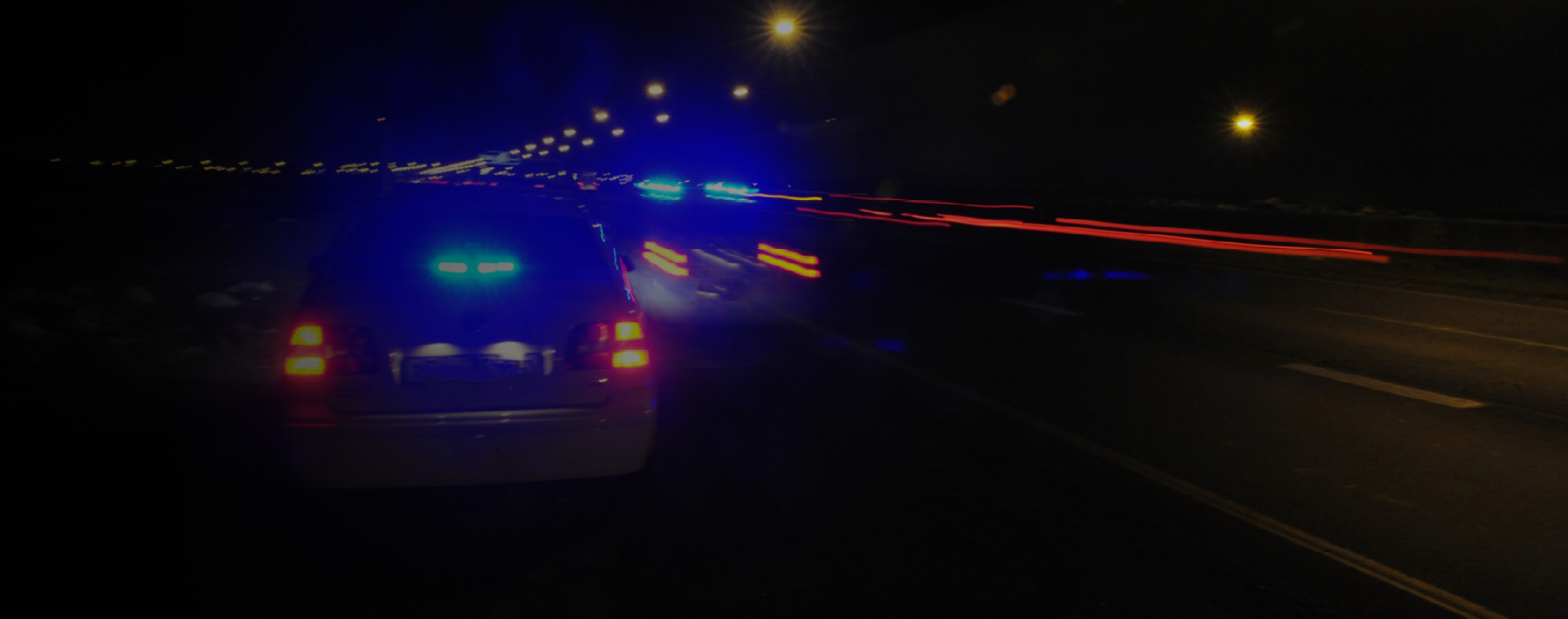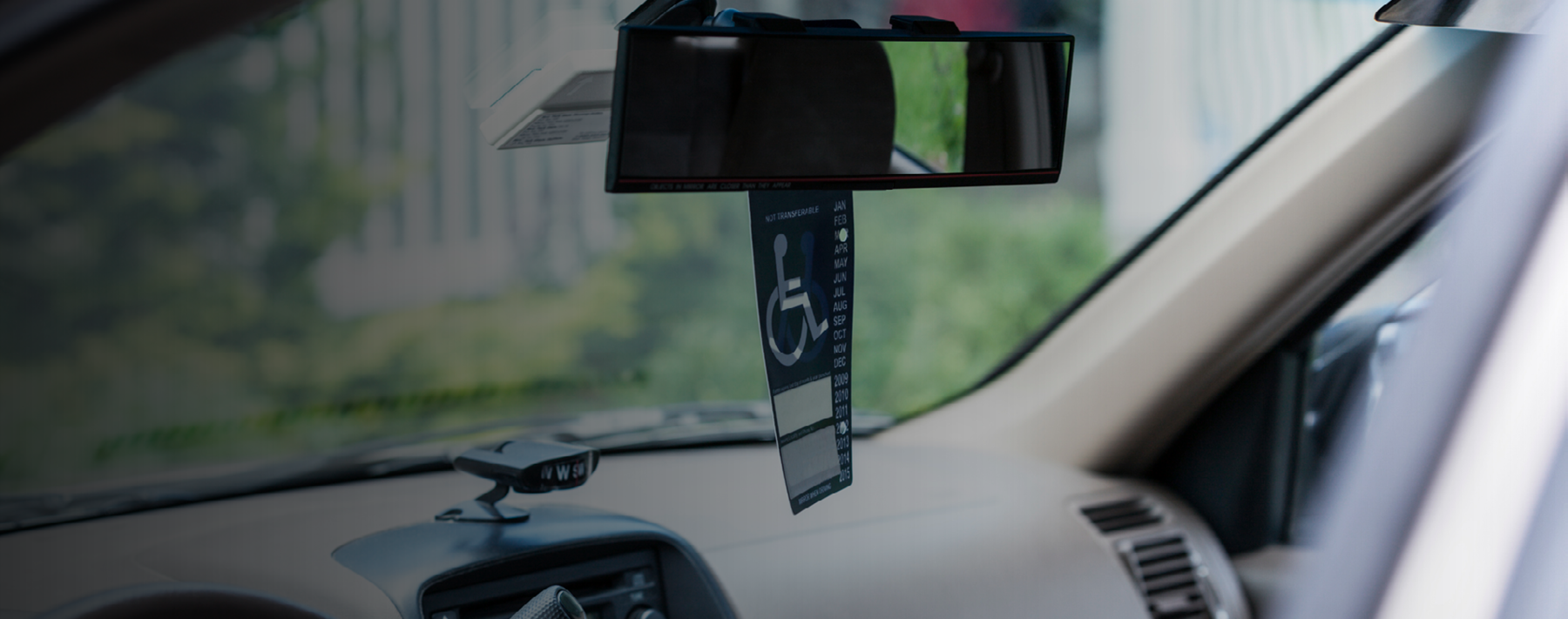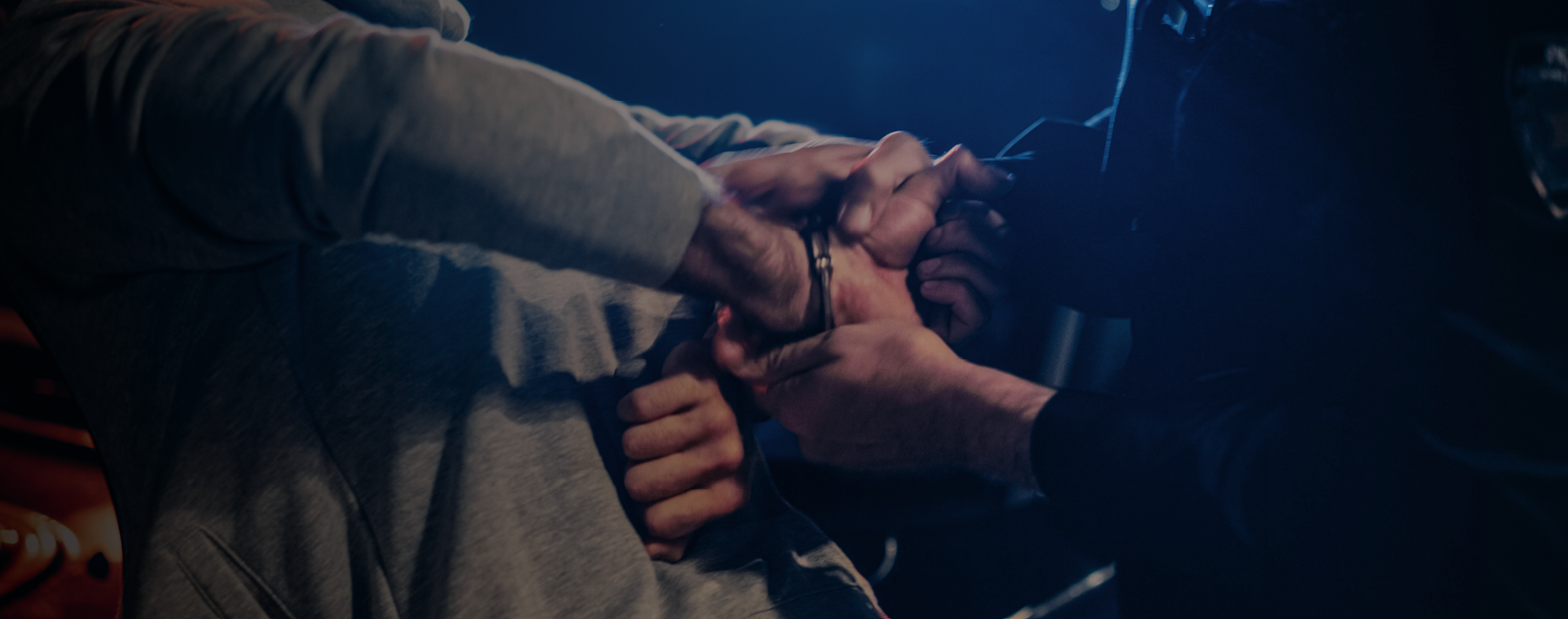A recent ruling in Maryland (Sellman v. State, 2016 WL 4470904 (Md. 2016)) raises some of the most common questions raised about traffic stops and passengers. A brief review may be helpful.
Q: May an officer require the driver and passengers to get out of the car, solely for safety reasons and without any individual reasonable suspicion of criminal activity?
A: Yes. The U.S. Supreme Court has repeatedly and unequivocally held that officers may order the driver and any passengers to get out of the car until the traffic stop is over (Maryland v. Wilson, 519 U.S. 408 (1997); Pennsylvania v. Mimms, 434 U.S. 106 (1977) (per curiam)).
However, a handful of states have rejected the Mimms/Wilson rule on state constitutional grounds. For example, see Commonwealth v. Gonsalves (711 N.E.2d 108 (Mass. 1999), rejecting Mimms/Wilson); State v. Caron (586 A.2d 1127 (Vt. 1990), upholding exit order on the basis that police had reasonable suspicion that person stopped was armed and dangerous); and State v. Kim (711 P.2d 1291 (Haw. 1985), rejecting Mimms).
The Supreme Court has not explicitly held that an inquiry into a passenger’s identity is permissible. This is one of those traffic stop legal issues that has yet to be completely resolved.
Q: May an officer require the driver and passengers to remain in the car, solely for safety reasons and without any individual reasonable suspicion of criminal activity?
A: Yes. In Maryland v. Wilson, the Supreme Court considered whether police officers can order a passenger out of a lawfully stopped vehicle under the Fourth Amendment, balancing the passenger’s liberty interest with the public interest in officer safety. Relying on the Court’s rationale, virtually all federal appellate courts agree that officers may order the passengers to remain inside the automobile or order the passenger to get back into an automobile that he or she voluntarily exited. One court succinctly noted: “In the final calculus, we think it best left to the discretion of the officers in the field who confront myriad circumstances we can only begin to imagine from the relative safety of our chambers. We hold that under the Fourth Amendment it is reasonable for an officer to order a passenger back into an automobile that he voluntarily exited because the concerns for officer safety originally announced in Wilson, and specifically the need for officers to exercise control over individuals encountered during a traffic stop, outweigh the marginal intrusion on the passenger’s liberty interest” (United States v. Williams, 419 F.3d 1029, 1034 (9th Cir. 2005)).
However, Maryland v. Wilson did not answer the question of whether an officer could stop a passenger who wished to walk away from the scene of a traffic detention. For obvious and overwhelming safety reasons, officers should be able to keep driver and passengers in view and control their movements during the detention. Though courts have been divided on the issue, the majority view allows the officer to control the passengers’ movements until the end of the traffic stop. See, for example:
• United States v. Williams (419 F.3d 1029 (9th Cir. 2005)), as quoted above
• Coffey v. Morris, 401 F. Supp. 2d 542 (W.D. Va. 2005)
• People v. Forbes, 728 N.Y.S.2d 64 (N.Y. A.D. 2001)
• State v. Hodges, 631 N.W.2d 206 (S.D. 2001)
• People v. Dixon, 21 P.3d 440 (Colo. App. 2000)
• People v. Gonzalez, 704 N.E.2d 375 (Ill. 1998), cert. denied, 528 U.S. 825 (1999)
• Carter v. State, 494 S.E.2d 108 (Ga. App. 1997)
• State v. Webster, 824 P.2d 768 (Ariz. App. 1991): An order to passenger to return to the car imposes no greater intrusion on the passenger’s freedom than an order directing a passenger inside a stopped car to get out; the threat to the officer does not dissipate when a passenger gets out of a stopped car.
Get the Xiphos law enforcement legal update delivered to your inbox: SUBSCRIBE NOW!
Q: May an officer require the driver and passengers to show their hands while in the car?
A: Yes. The officer may order all of the occupants to remain in the car with their hands visible (United States v. Moorefield, 111 F.3d 10 (3rd Cir. 1997)).
Q: May an officer frisk the driver and passengers, solely for safety reasons and without any individual reasonable suspicion of criminal activity?
A: No. The officer may pat down the occupants of the vehicle and conduct a search of the passenger compartment, but only when the officer has a reasonable suspicion that the occupants might be armed and dangerous (Arizona v. Johnson, 555 U.S. 323 (2009); Michigan v. Long, 463 U.S. 1032 (1983)). A number of factors may lead to reasonable suspicion to frisk, including disobeying a command to show hands (United States v. Taylor, 716 F.2d 701 (9th Cir. 1983)).
Q: May an officer require the passengers to identify themselves?
A: The Supreme Court has not explicitly held that an inquiry into a passenger’s identity is permissible. This is one of those traffic stop legal issues that has yet to be completely resolved. However, Court precedent inevitably leads to that conclusion (see United States v. Fernandez, 600 F.3d 56 (1st Cir. 2010)). The Supreme Court stated in Hiibel v. Sixth Judicial Dist. Court (542 U.S. 177 (2004)) that “btaining a suspect’s name in the course of a Terry stop serves important government interests” because “nowledge of identity may inform an officer that a suspect is wanted for another offense, or has a record of violence or mental disorder.” In Fernandez the court applied this sentiment directly to vehicle passengers: “To the extent a risk of violence may be tied to such background characteristics, the officer is equally vulnerable whether these characteristics apply to a driver or a passenger.” See also United States v. Soriano–Jarquin (492 F.3d 495, 500 (4th Cir. 2007)): “If an officer may ‘as a matter of course’ and in the interest of personal safety order a passenger physically to exit the vehicle, he may surely take the minimally intrusive step of requesting passenger identification.”
Of course, an officer may always politely ask for identification and try to obtain it voluntarily, as the Hiibel decision noted: “In the ordinary course a police officer is free to ask a person for identification without implicating the Fourth Amendment.” And in INS v. Delgado (466 U.S. 210, 216 (1984)), the court stated, ”Interrogation relating to one’s identity or a request for identification by the police does not, by itself, constitute a Fourth Amendment seizure.”
A few state courts have applied a more restrictive view of asking passengers for identification. Make sure that your practice complies with the prescribed practices of both your agency and your local prosecutor.



